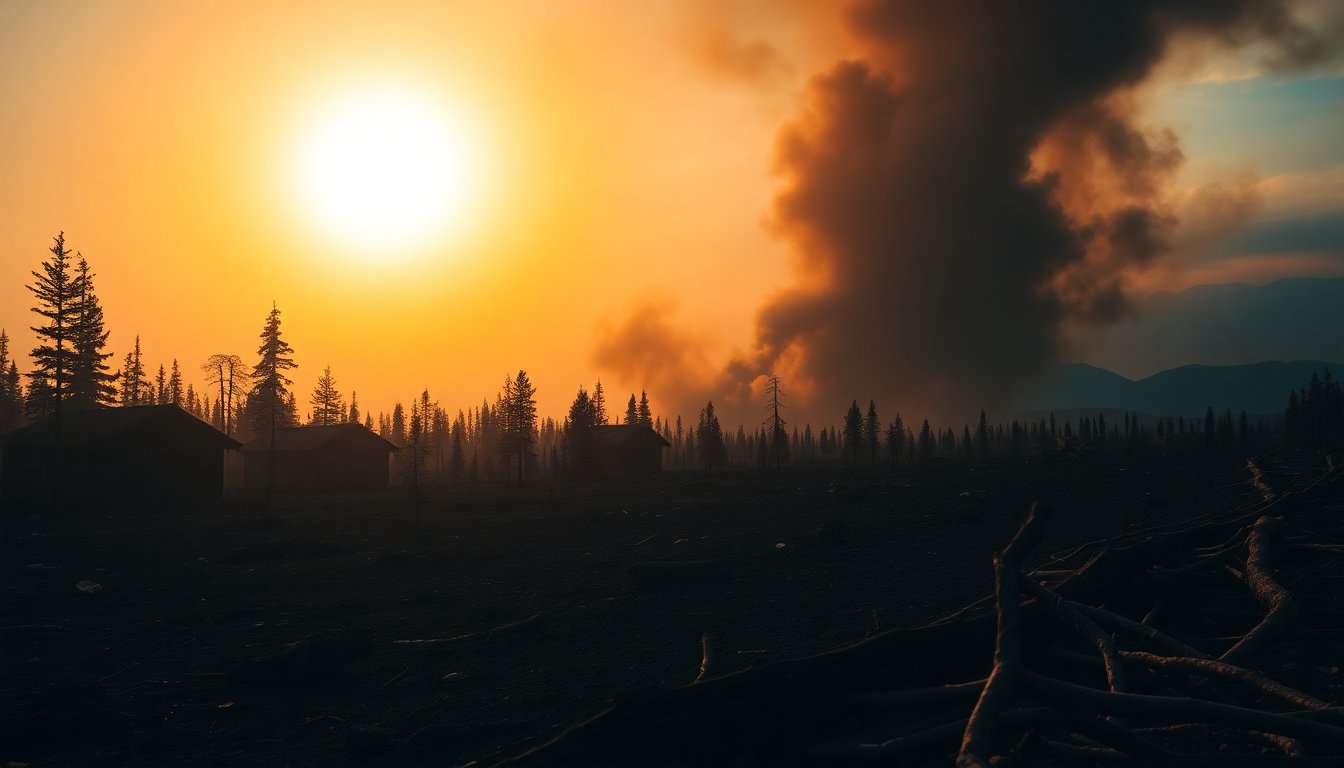Table of Contents
Canada faces one of its most severe wildfire seasons on record. Although Indigenous peoples represent only 5 percent of the national population, they account for over 50 percent of those forced to evacuate due to the raging fires. This raises significant concerns regarding the vulnerabilities of these communities and the systemic issues that intensify their challenges during such crises.
Understanding the impact on Indigenous populations
The relationship Indigenous communities have with the land significantly influences their experiences during natural disasters like wildfires. Many Indigenous peoples reside in remote areas that are particularly vulnerable to climate change and environmental degradation. Consequently, these communities often face the brunt of the devastation when wildfires ignites.
Linking climate change and Indigenous vulnerability
Climate change has led to an increase in the frequency and severity of wildfires across Canada. For Indigenous populations, these fires threaten not only their homes but also their traditional ways of life. The interconnectedness of their culture with the land means that wildfires disrupt their relationship with nature and can potentially erase sacred sites. This cultural loss is often overlooked in discussions about the impacts of wildfires.
Evacuations and displacement
Evacuations due to wildfires have become increasingly common, but for Indigenous people, the consequences are particularly severe. Many are forced to leave their homes on short notice, often losing not just property but also access to vital resources essential for their livelihoods. The loss of traditional hunting and gathering grounds, for example, can significantly affect their food security.
Government response and support systems
The response from government agencies during wildfire emergencies is crucial for the outcomes of affected Indigenous communities. However, gaps in communication and support often lead to feelings of isolation among those displaced. Effective disaster management must prioritize the unique needs of Indigenous populations. This ensures not only safe evacuation but also comprehensive support during recovery efforts.
Long-term implications and resilience
The recent wildfire season will have lasting effects on Indigenous communities. Beyond the immediate destruction, these events threaten economic stability, health, and social cohesion. Rebuilding efforts can take years, leaving many families in vulnerable situations for an extended period.
Despite these obstacles, Indigenous communities have demonstrated significant resilience. They continue to advocate for their rights and promote sustainable practices rooted in their traditional knowledge. Empowering these communities to lead recovery initiatives can pave the way for healing and restoration.
Building a sustainable future
Incorporating Indigenous perspectives into land management and climate adaptation strategies is essential for mitigating the impacts of future wildfires. Acknowledging Indigenous stewardship of the land enables governments and organizations to collaborate with Indigenous communities. This partnership can lead to practices that protect the environment and enhance community resilience.
As Canada confronts increasingly severe wildfire seasons, it is crucial to recognize the specific vulnerabilities of Indigenous populations. A commitment to understanding and addressing these disparities is vital for fostering a more equitable approach to disaster response and recovery. Ensuring that the voices of Indigenous peoples are heard and respected is a step toward a sustainable future.


